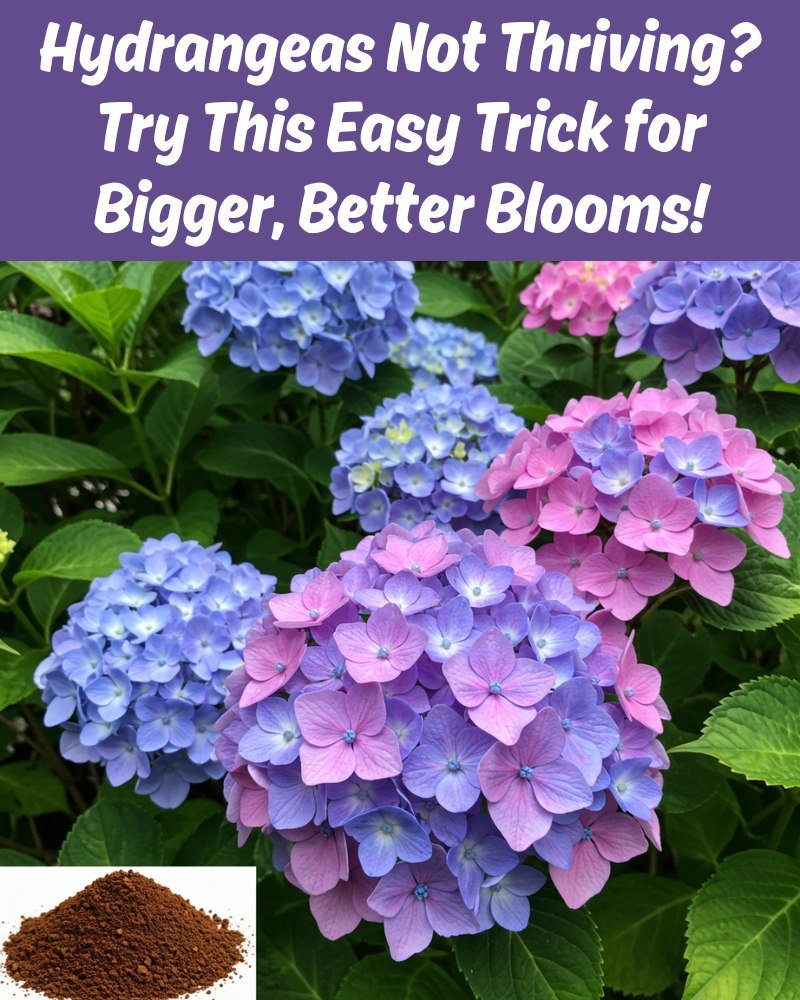The Dendrobium orchid is one of the most stunning and fragrant orchids in the world. Known for its ability to bloom all year round and retain its flowers for an extended period, this orchid is a favorite among plant enthusiasts. If you have been searching for an easy and effective way to propagate these magnificent orchids, then you are in the right place! In this guide, I will share a simple yet highly effective technique for propagating Dendrobium orchids using natural materials and recycled plastic bottles.
Preparing the Orchid for Propagation
To begin, select an old orchid stem that is ready for propagation. It is crucial to choose a healthy, mature stem to increase the chances of successful growth. Using sterilized scissors or garden shears, carefully cut the stem from the parent plant. To prevent infection and promote faster healing, apply a candle flame to the cut surface of the stem. This step helps seal the cut, reducing the risk of bacteria and fungal infections.
Using Aloe Vera to Stimulate Root Growth
Aloe vera is a natural growth stimulator packed with nutrients and beneficial compounds that promote root development. Take one fresh aloe vera leaf, cut it open, and extract the gel. Apply this aloe vera gel all over the dried orchid stem, ensuring every part is covered. The gel acts as a natural rooting hormone, helping the orchid absorb moisture and nutrients more efficiently. After applying the gel, wait for it to dry completely before proceeding to the next step.
Creating a Moist and Sterile Growing Environment
To encourage successful propagation, it is essential to create an ideal growing environment. You can achieve this by recycling a plastic bottle to serve as a rooting and germination stimulator. Start by pouring boiling water into a plastic pot to sterilize it. Then, add two teaspoons of cinnamon powder to the hot water. Cinnamon is a natural antifungal agent that helps eliminate harmful bacteria, fungus, and larvae that could hinder orchid growth. Allow the mixture to cool before proceeding.
Once the sterilization process is complete, prepare some moss as a growing medium. Moss is excellent for retaining moisture, which is crucial for the growth of new roots. Make sure to squeeze out any excess water from the moss to prevent waterlogging. Place the orchid stem inside the plastic bottle and surround it with the damp moss. The enclosed environment will maintain the required humidity levels, ensuring optimal conditions for root development.
Maintaining Moisture for Optimal Growth
Watering plays a crucial role in the propagation process. Regularly mist the moss to keep it consistently moist but not overly wet. Too much water can cause the stem to rot, while insufficient moisture can slow down root development. It is also essential to place the propagation setup in a cool, shaded area away from direct sunlight. Extreme heat and excessive light can dehydrate the delicate orchid stem and hinder growth.
The Waiting Period: Patience is Key
Propagation is a gradual process, requiring patience and consistent care. With this method, you will start to see signs of revival within a couple of months. During this period, continue to monitor the moisture levels and maintain a clean environment to prevent fungal growth.
Transplanting the Propagated Orchid
After approximately two months, you will notice that the once-withered orchid stem has revived and developed new roots. At this stage, it is time to transplant the propagated orchid into a more permanent growing medium. There are two effective methods for planting the newly rooted orchid:
Method 1: Planting with LECA (Lightweight Expanded Clay Aggregate)
LECA, also known as terracotta pellets, is an excellent medium for orchids because it provides good aeration and retains moisture without waterlogging the roots. To transplant your orchid using LECA:
- Select a suitable pot with drainage holes.
- Add a layer of LECA pellets to the bottom of the pot.
- Place the revived orchid onto the pellets.
- Add water to the bottom of the pot to keep the roots moist.
Method 2: Planting with Charcoal and Pine Bark
Charcoal and pine bark are natural and highly effective growing mediums for orchids. They provide excellent drainage, prevent root rot, and create an ideal environment for healthy growth. To use this method:
- Choose a pot with good airflow and drainage.
- Place a layer of charcoal and pine bark inside the pot.
- Position the orchid in the center, ensuring the roots are spread out evenly.
- Cover the roots with a thin layer of damp moss to retain moisture.
- Water lightly and place the pot in a cool, shaded area.
Caring for the Newly Planted Orchid
Once your orchid is securely planted in its new pot, continue to provide the necessary care to support its growth. Here are some essential tips to ensure the health and longevity of your propagated orchid:
- Watering: Keep the growing medium slightly moist, but avoid overwatering.
- Humidity: Maintain a humidity level of around 50-70% for optimal growth.
- Light: Provide indirect sunlight or filtered light to prevent leaf burn.
- Fertilization: Use a balanced orchid fertilizer every two weeks to supply essential nutrients.
- Air Circulation: Ensure good airflow around the plant to prevent fungal infections.
Final Thoughts
With this simple yet effective propagation method, you can successfully revive and multiply your beautiful Dendrobium orchids. By utilizing natural materials like aloe vera, cinnamon, and moss, and incorporating sustainable practices such as recycling plastic bottles, you are not only helping your orchids thrive but also contributing to an eco-friendly gardening approach.
In just a few months, you will see your once-wilted orchid branches transform into strong, healthy plants, ready to bloom with vibrant flowers. Try this method and enjoy the rewarding experience of propagating and growing your own Dendrobium orchids!



